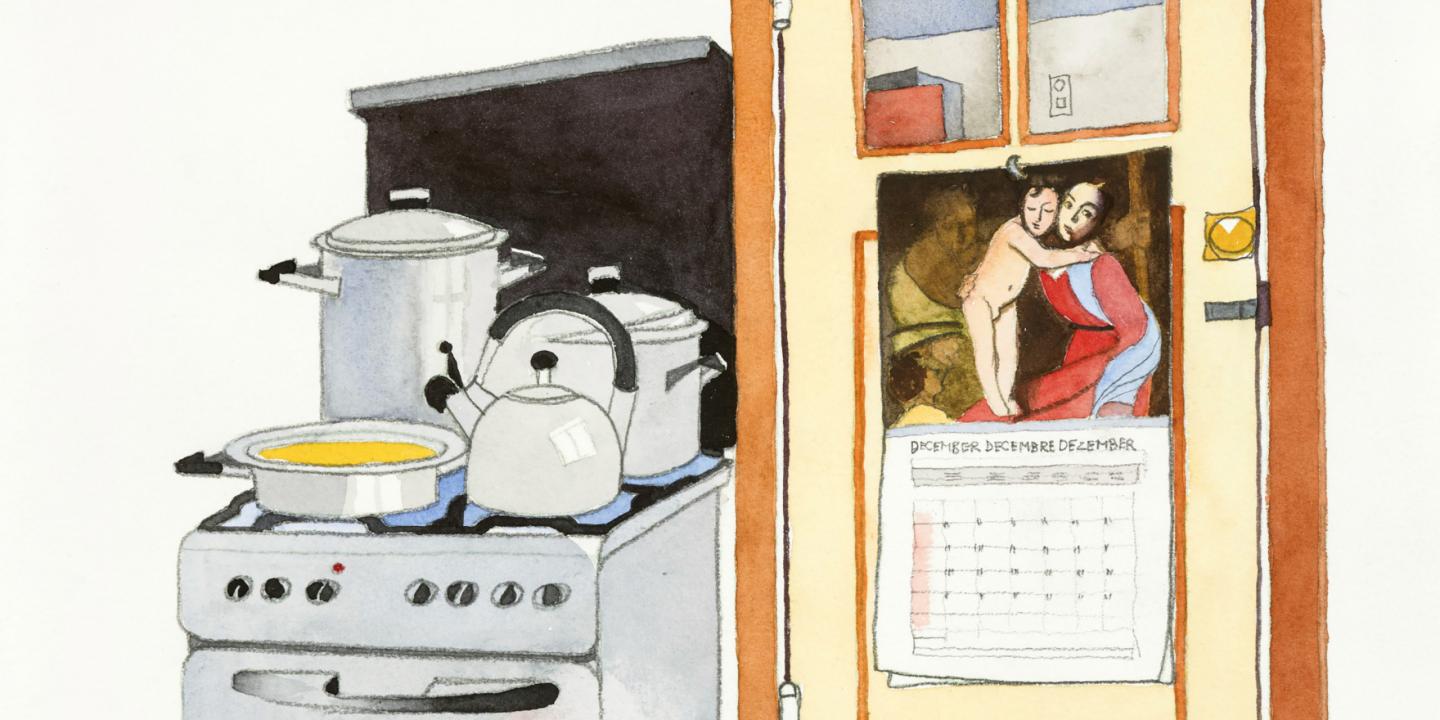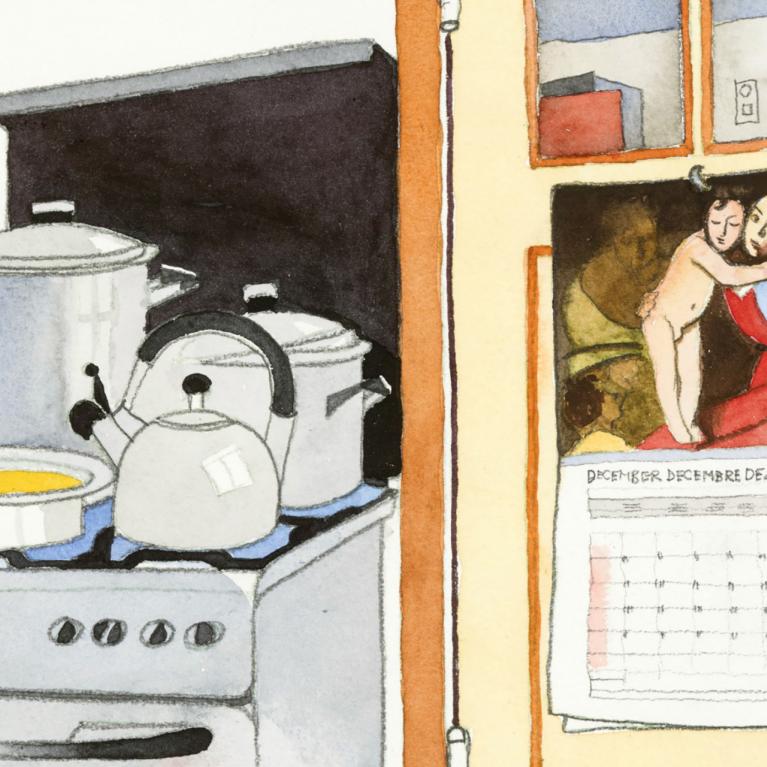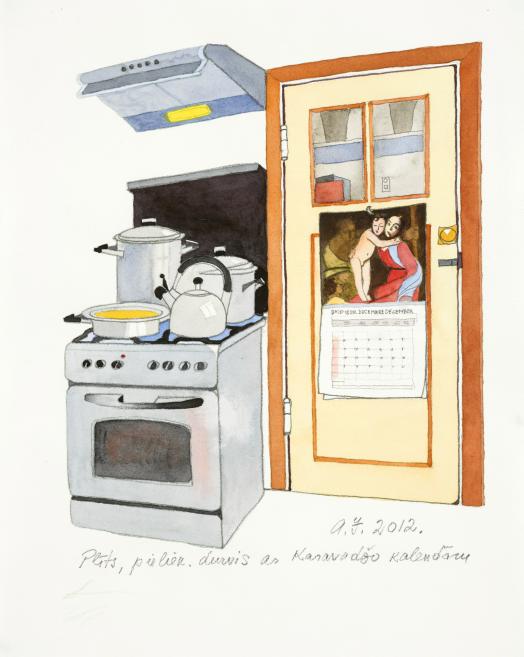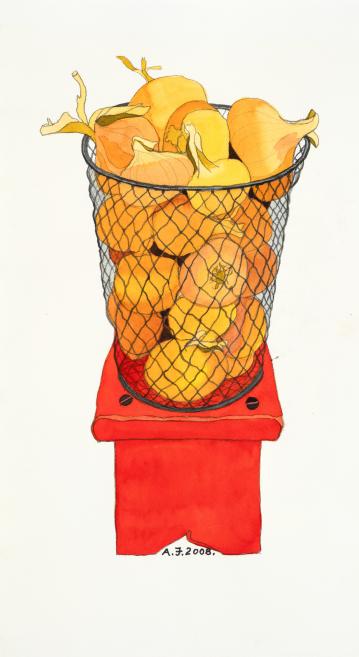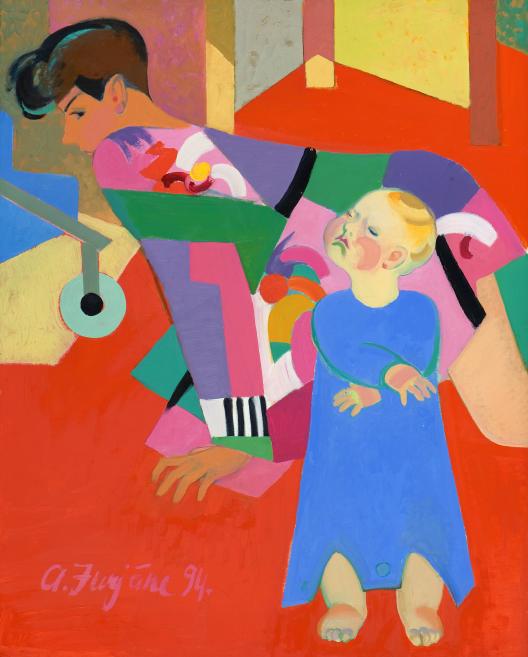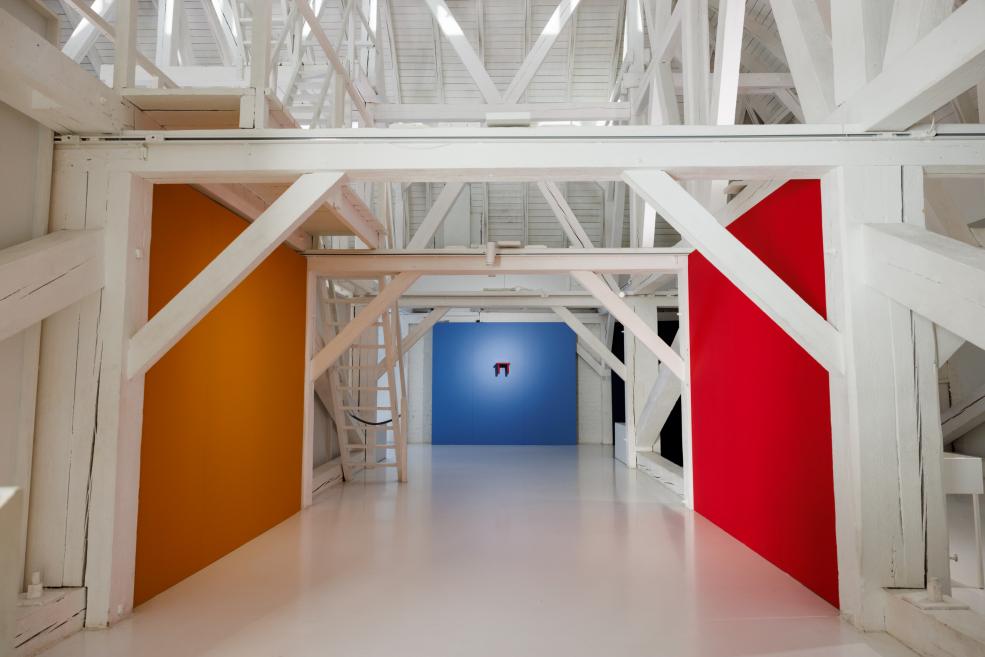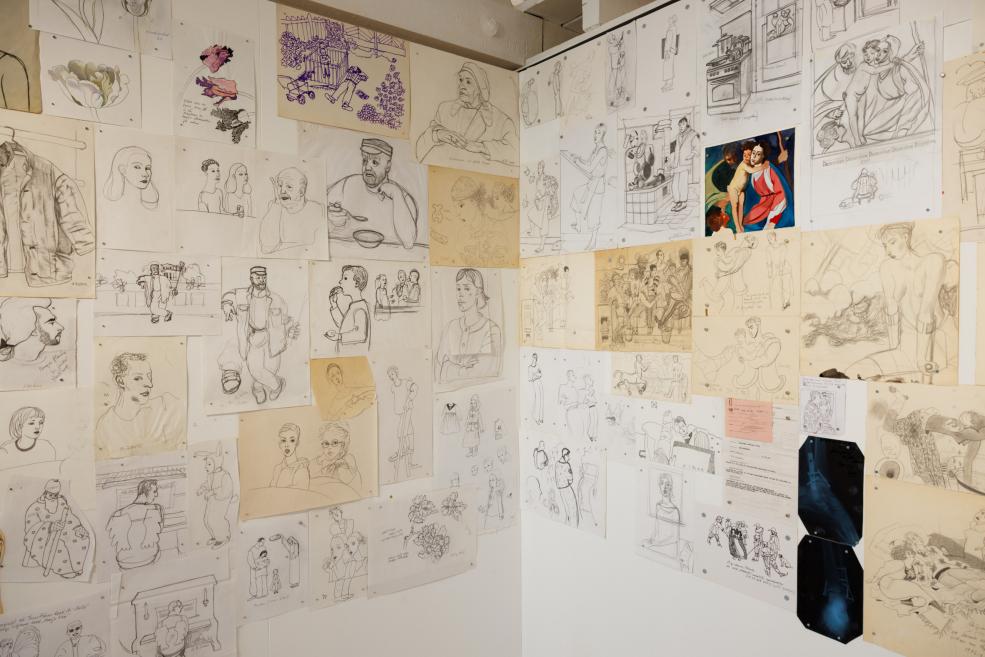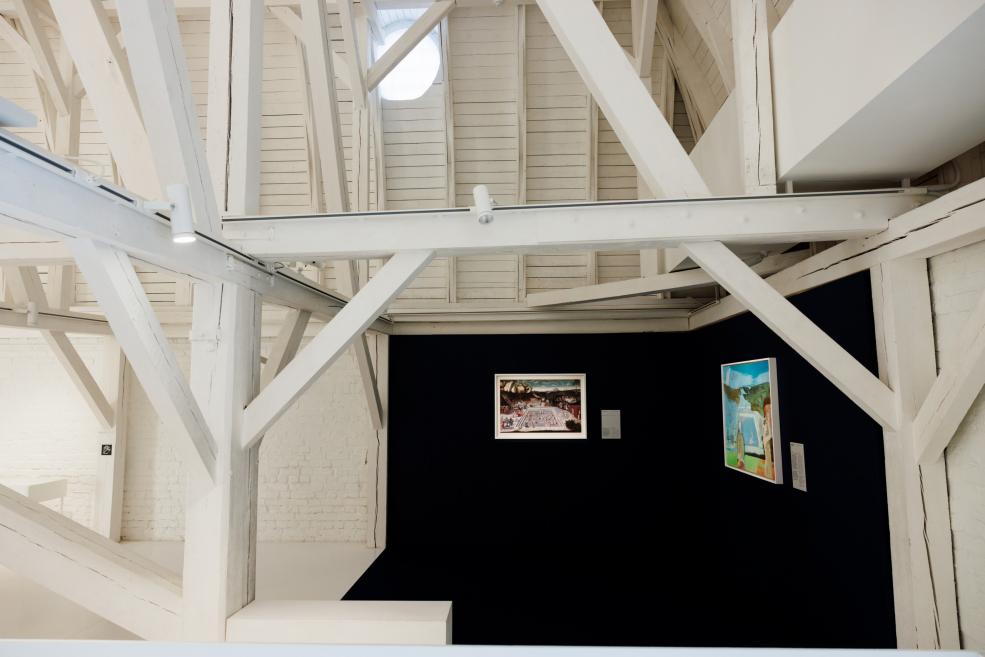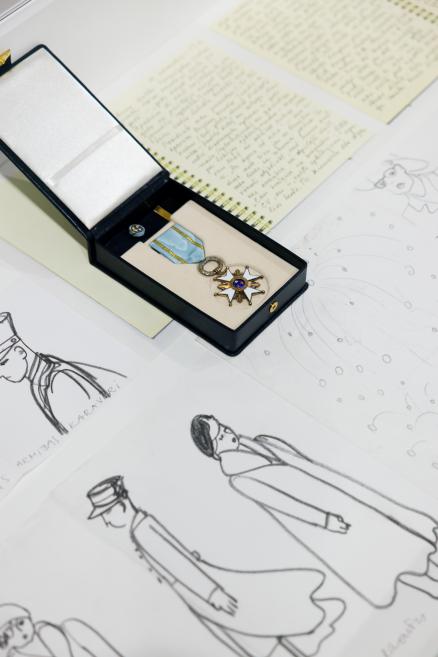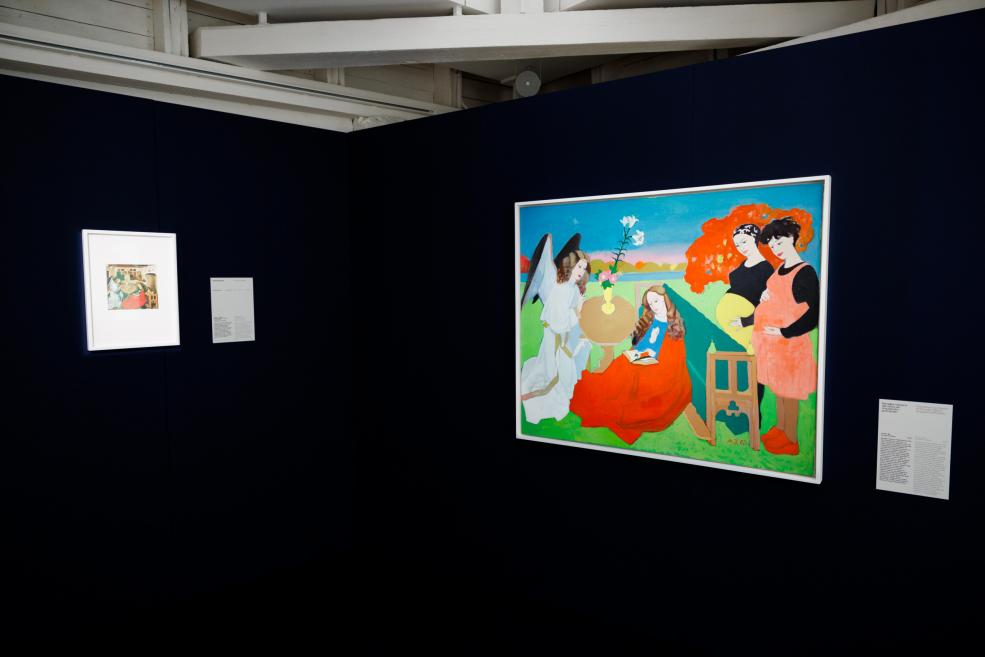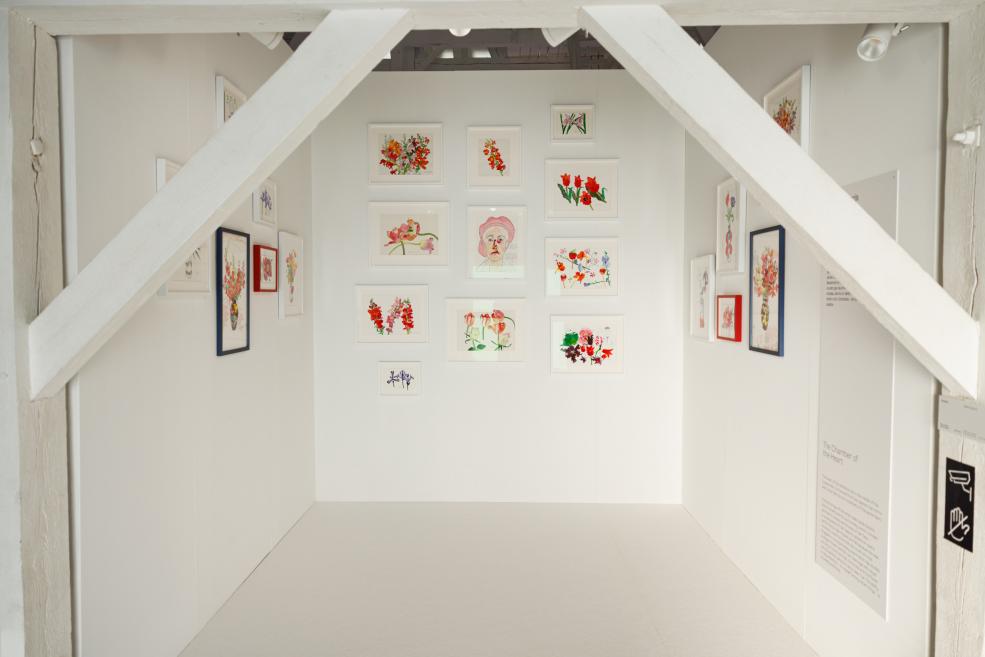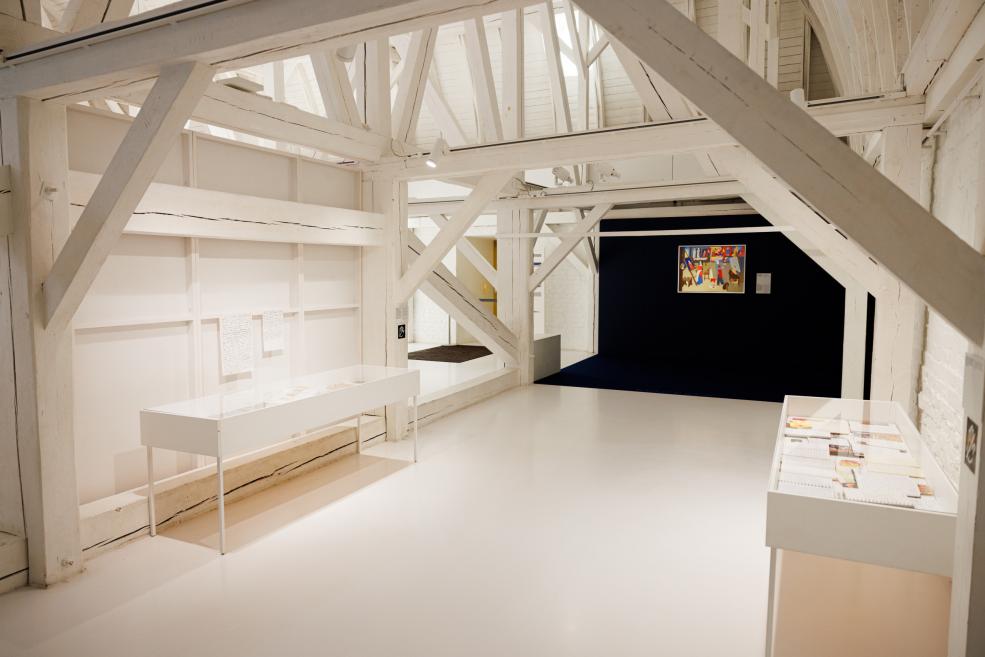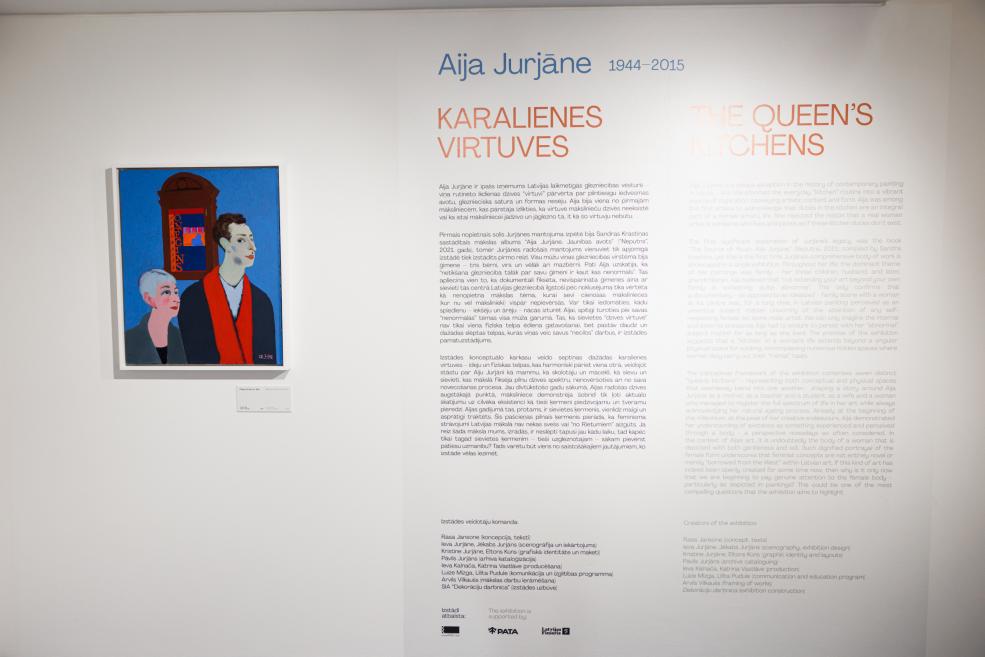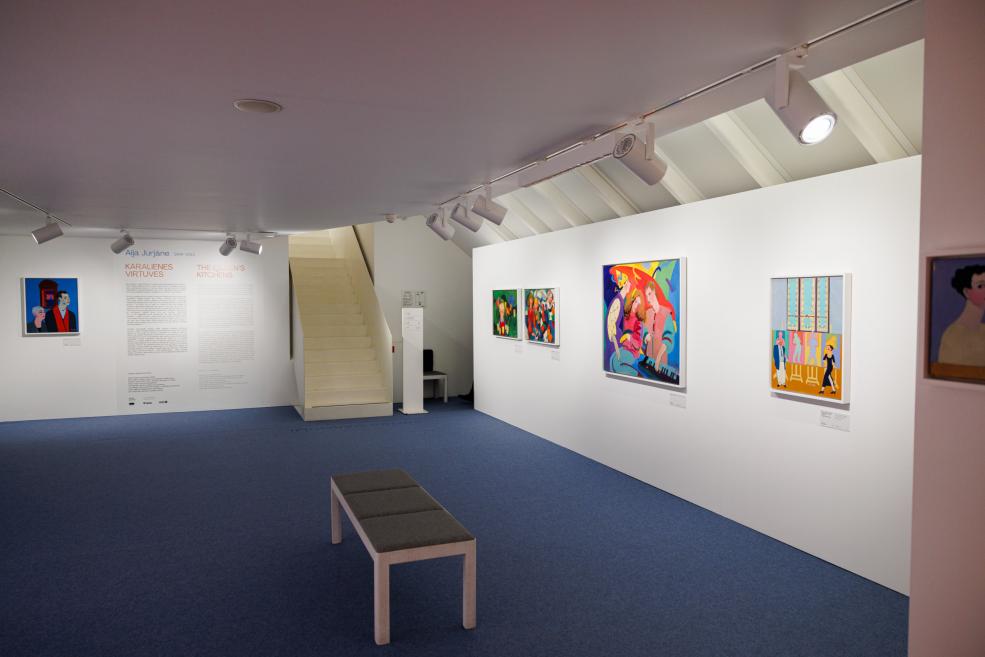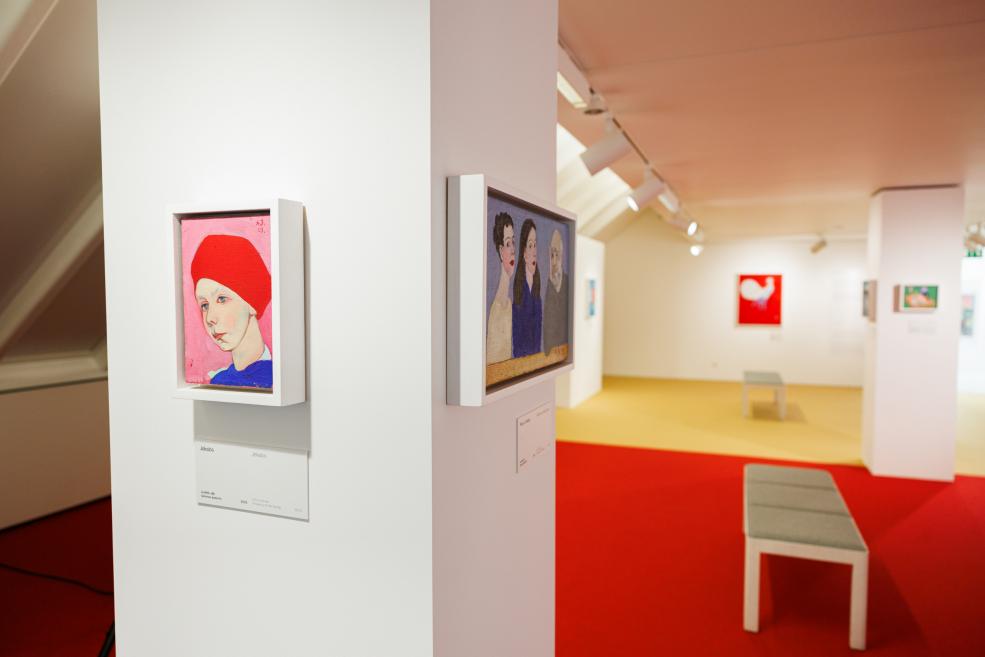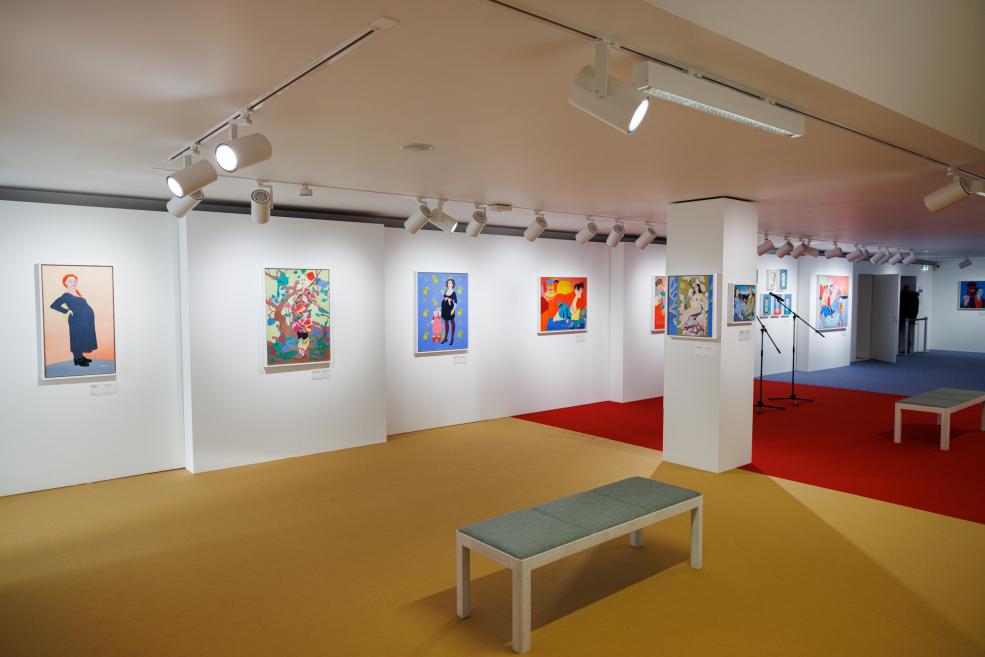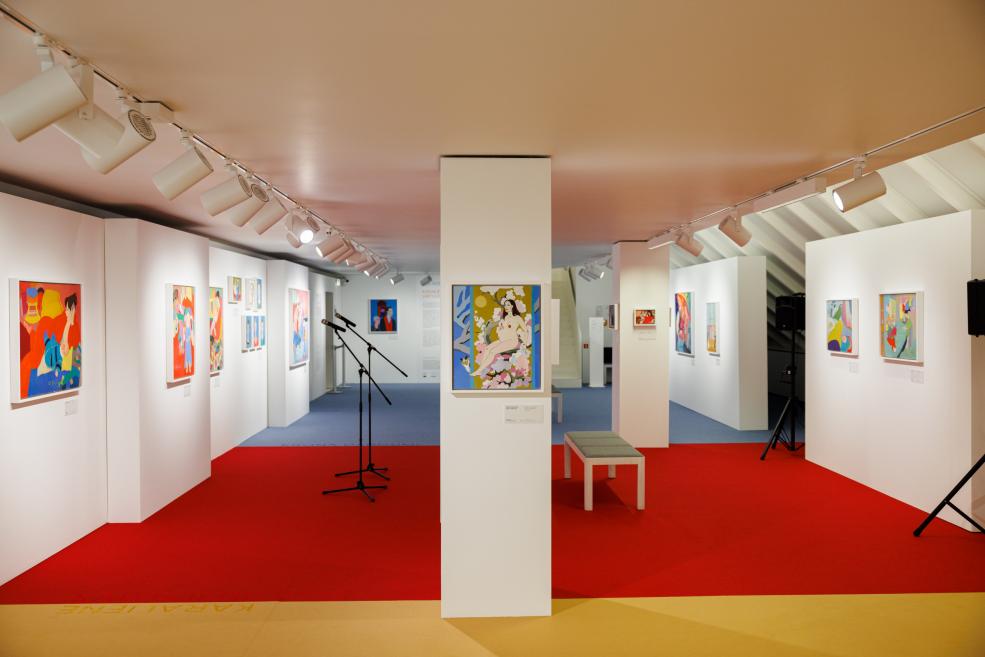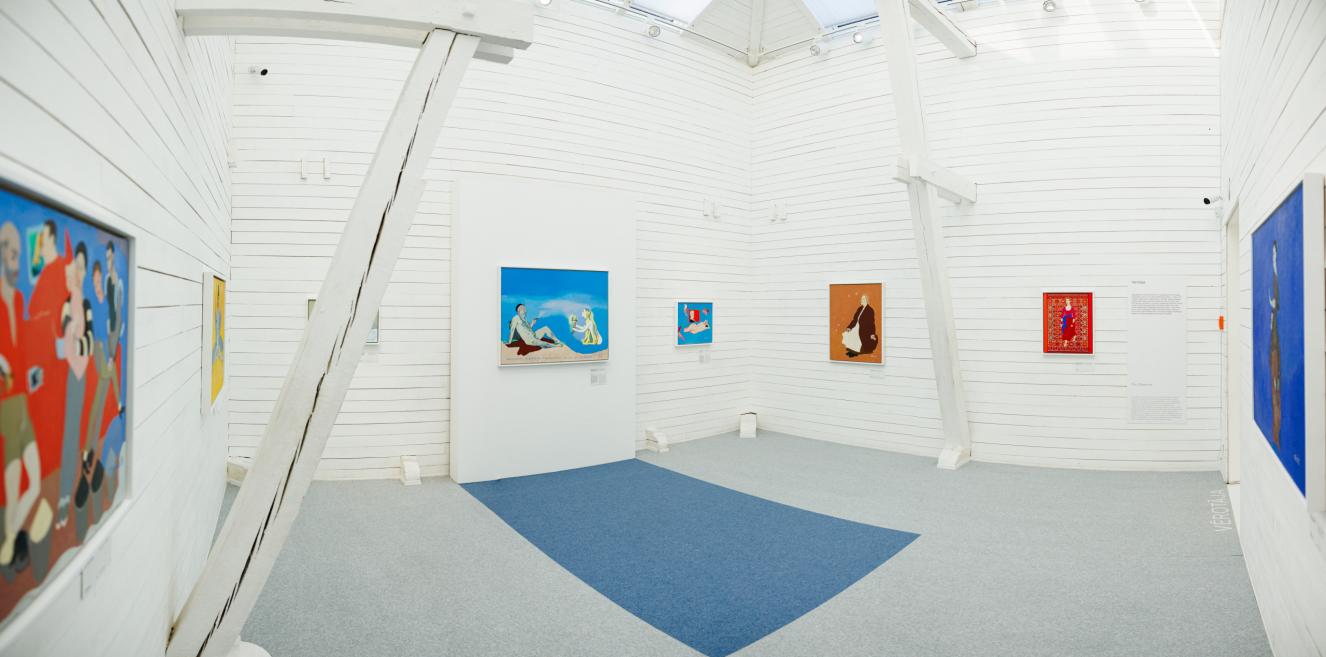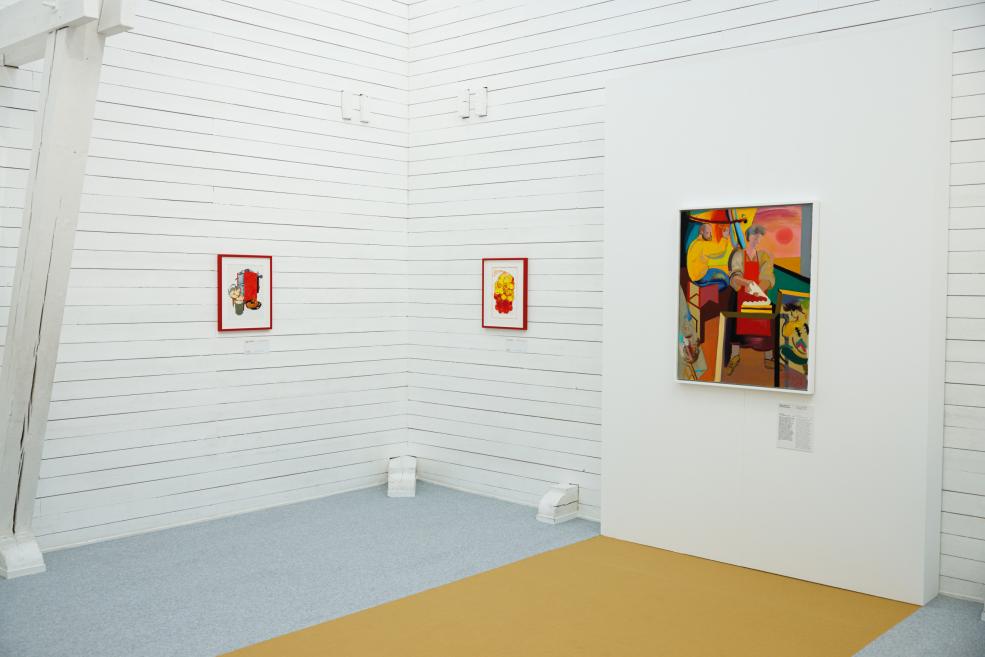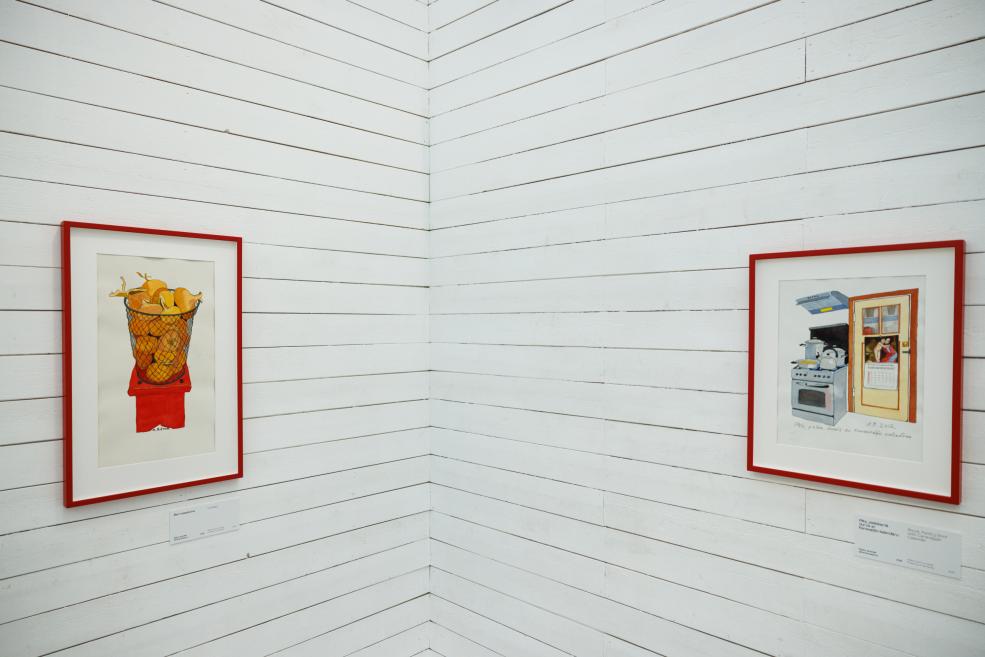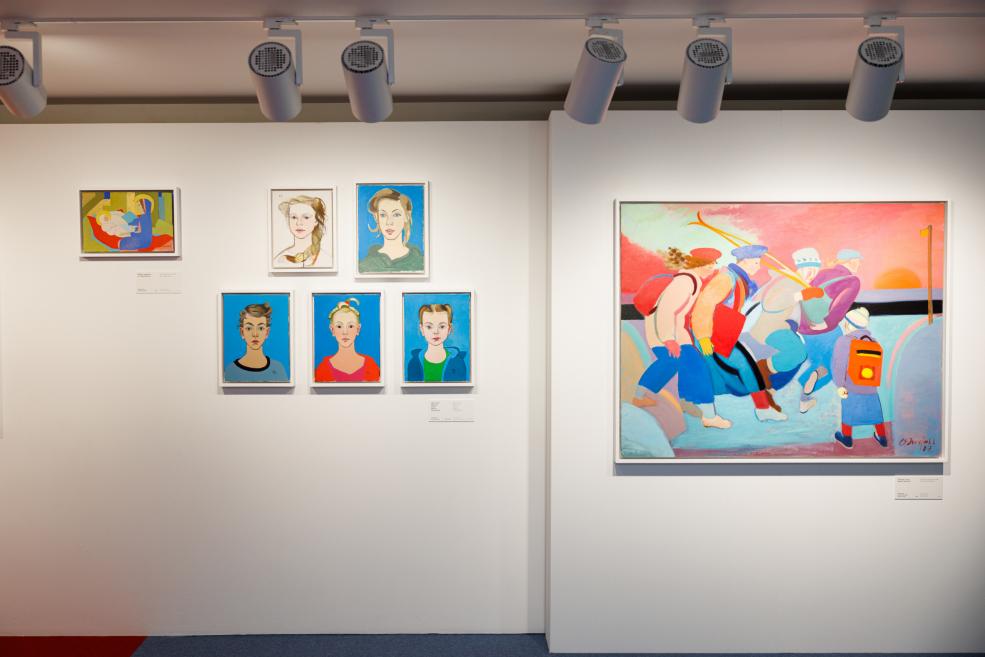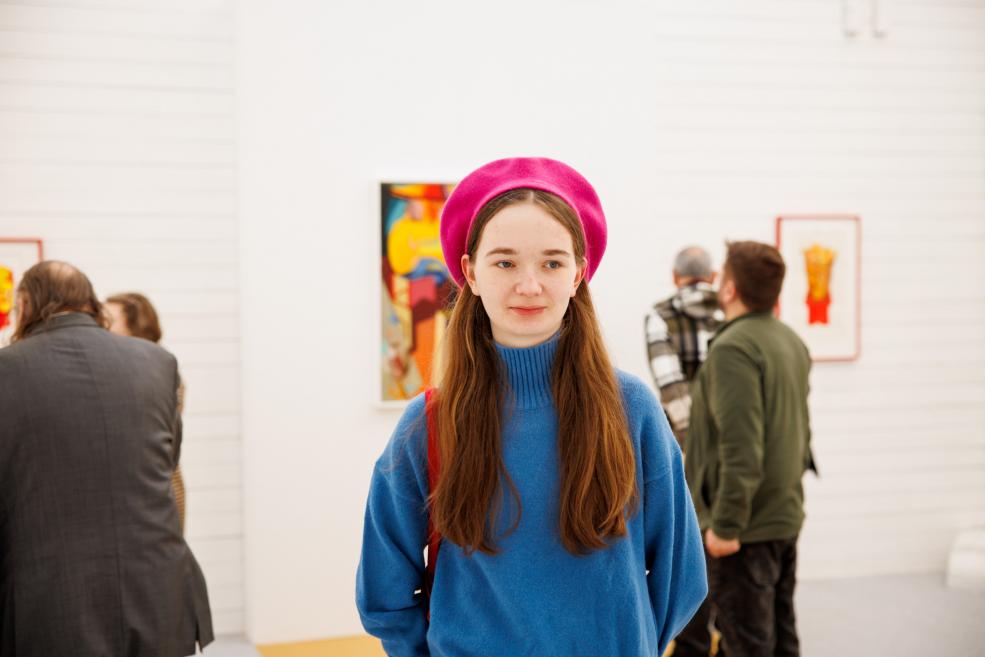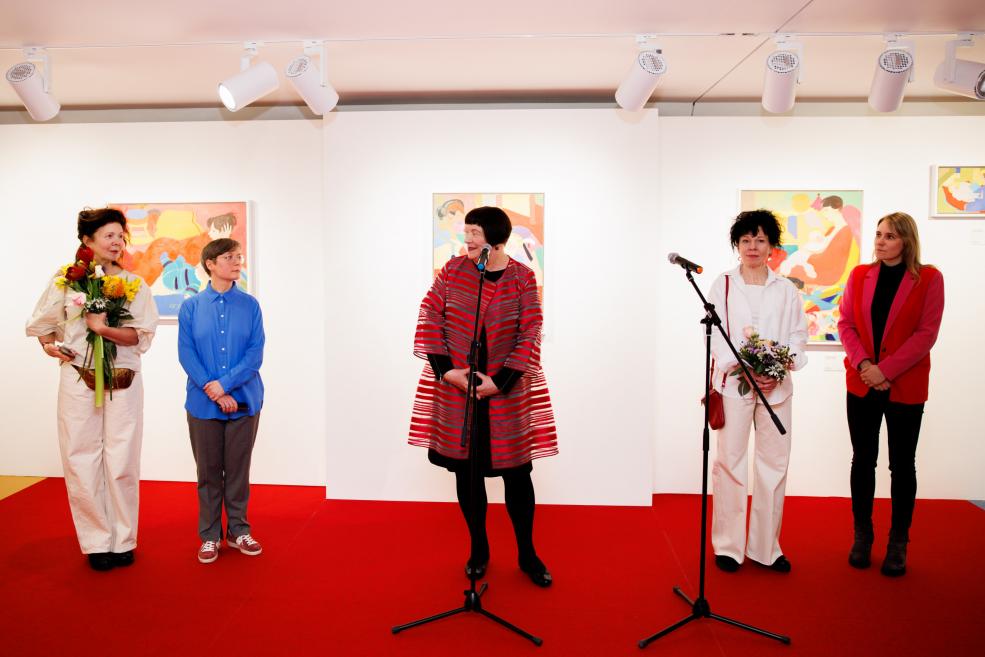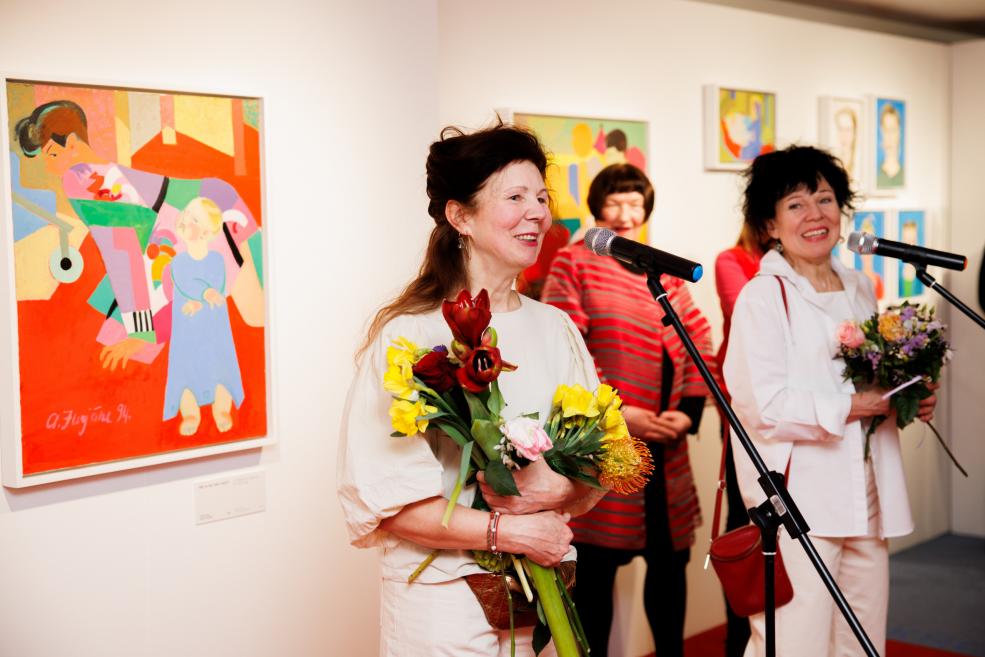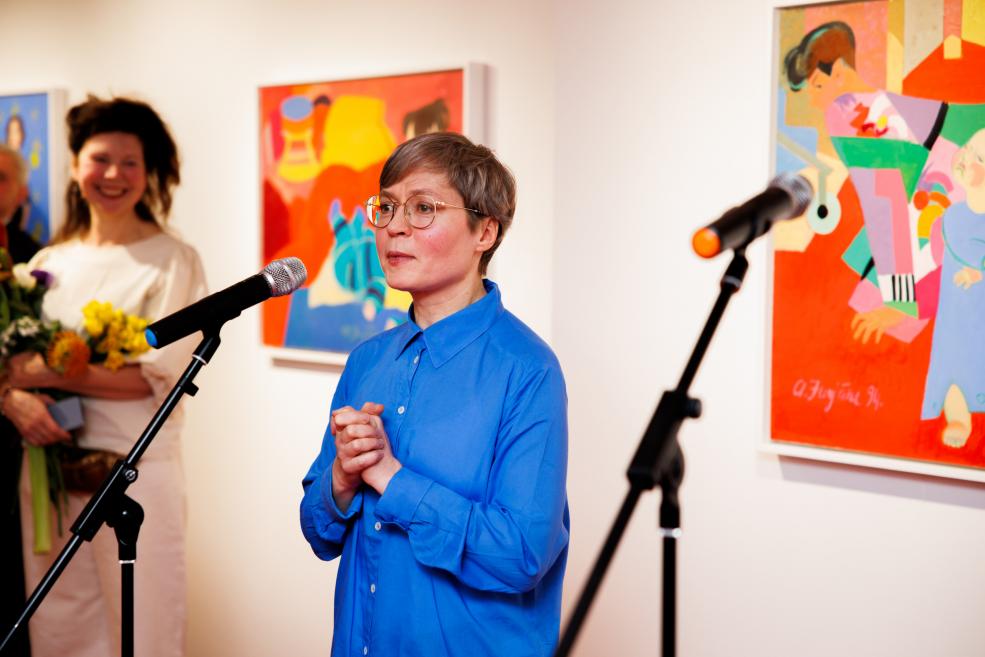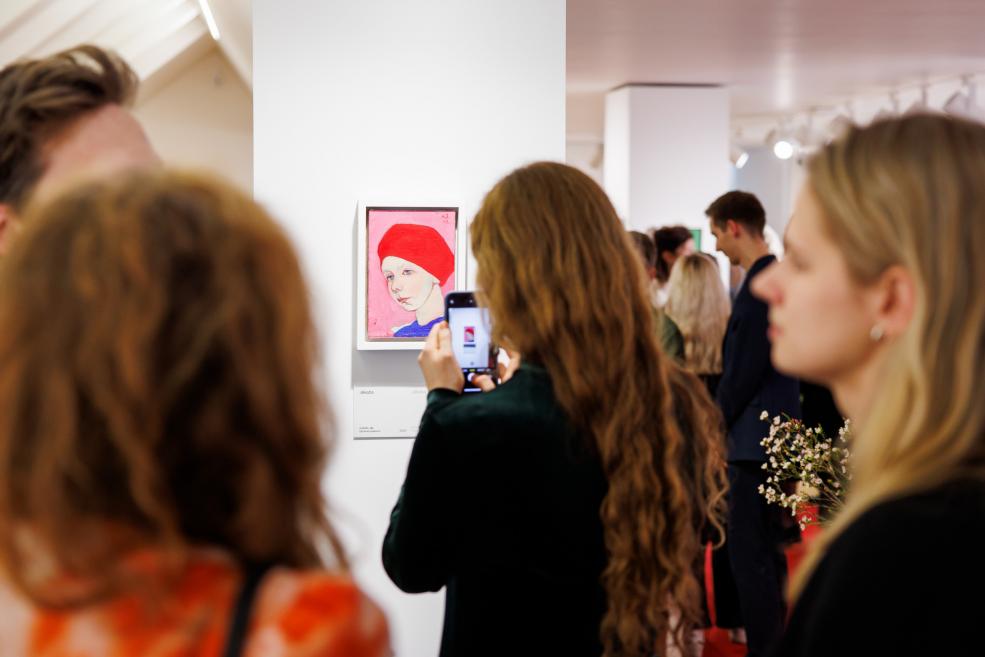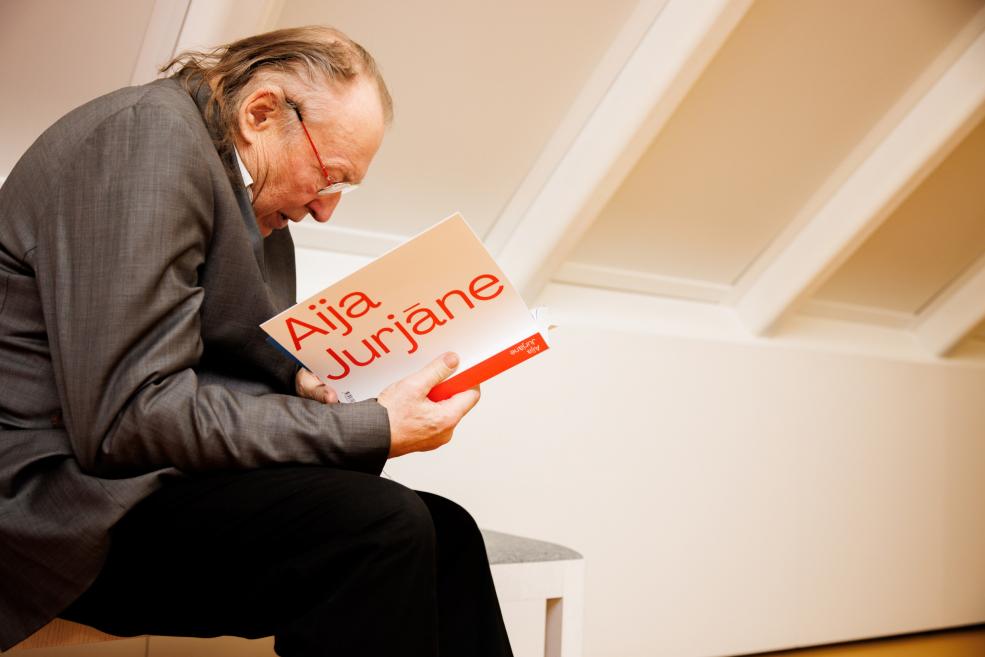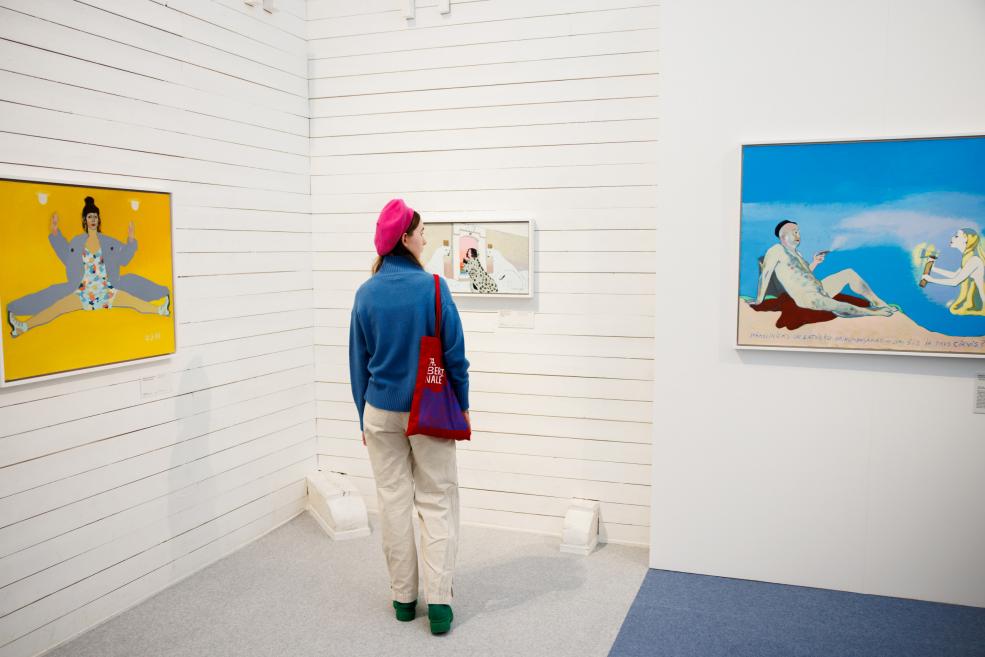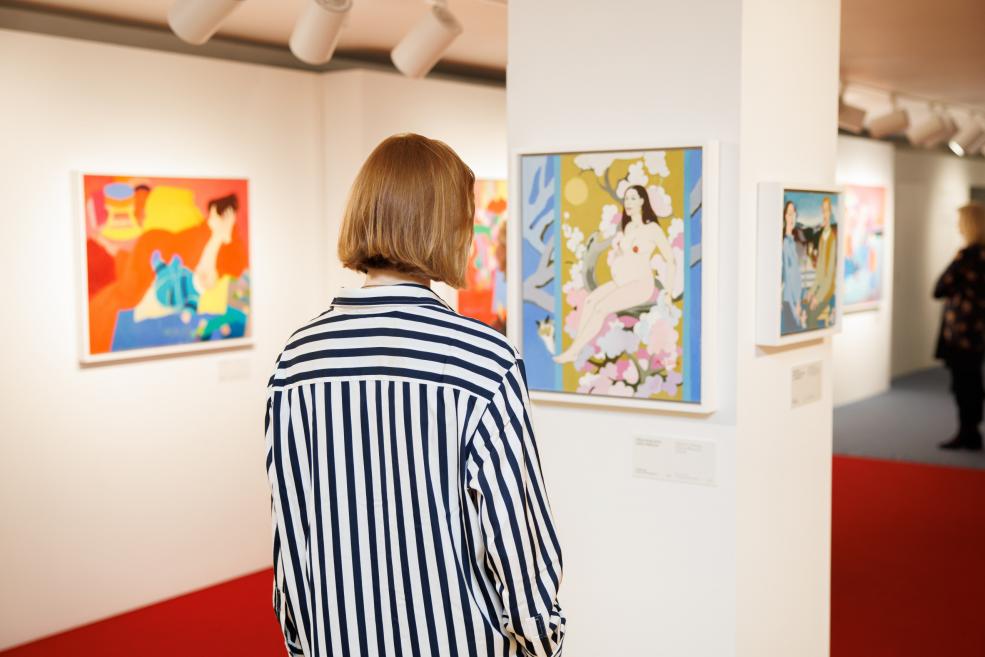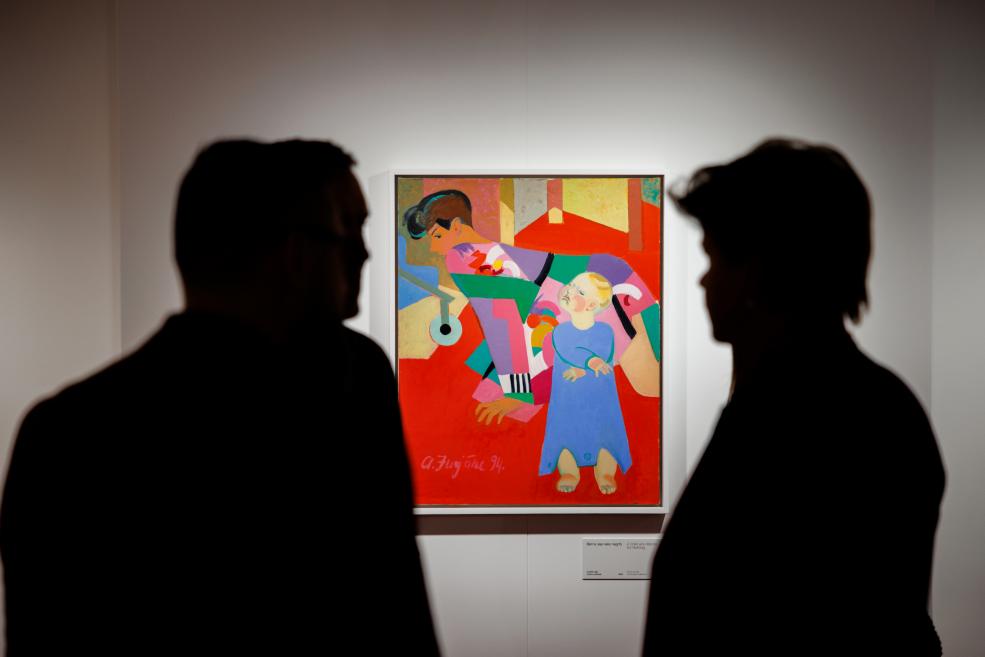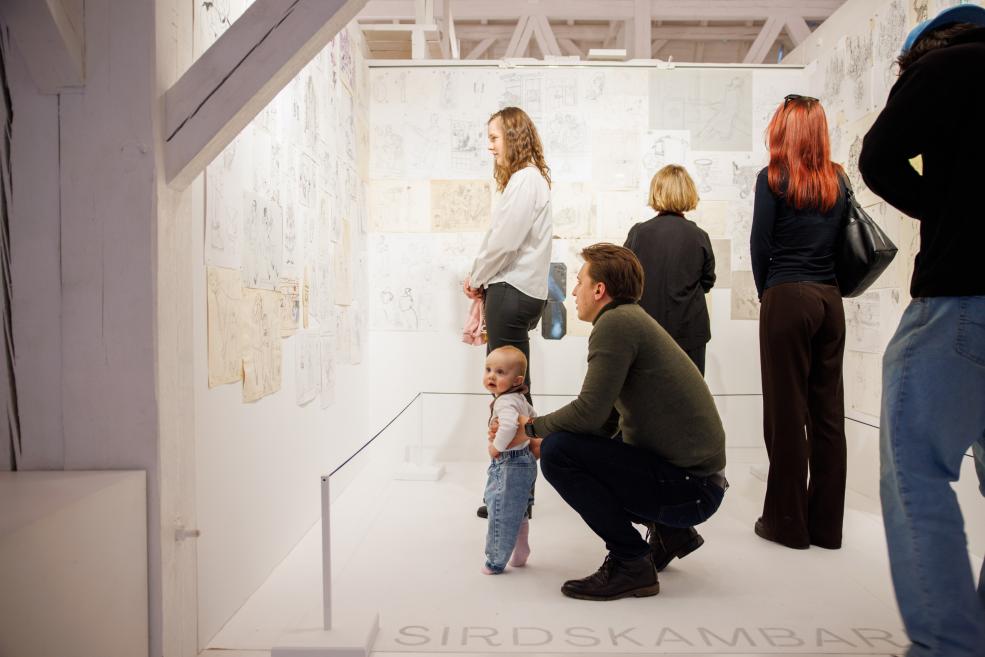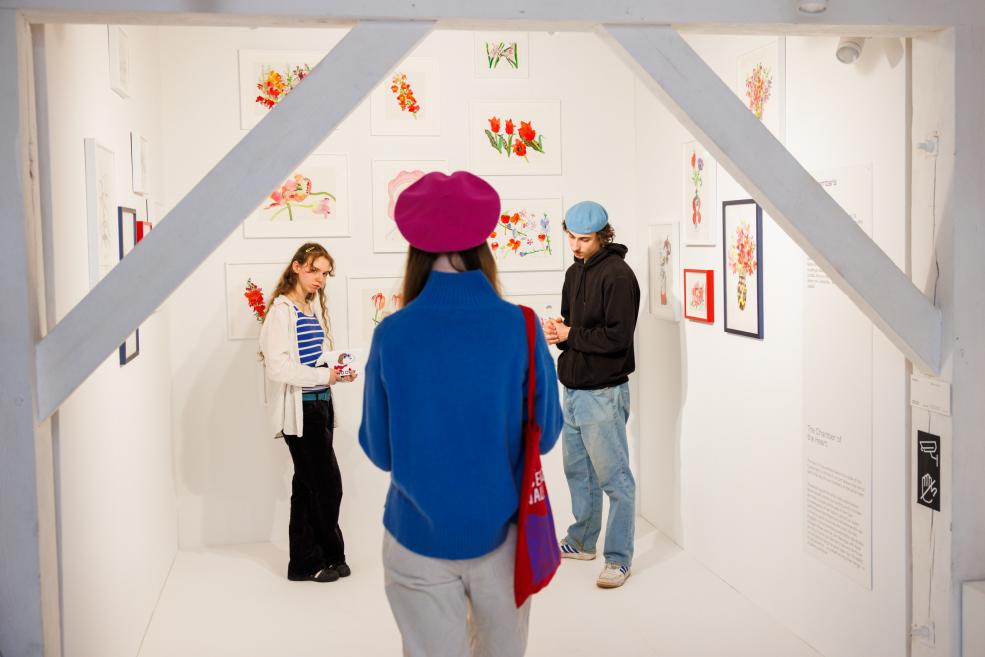Aija Jurjāne. The Queen’s Kitchens
The Queen’s Kitchens, a comprehensive exhibition of paintings and illustrations by Aija Jurjāne, is presented in the 4th Floor Exhibition Halls and Cupola Hall of the main building of the Latvian National Museum of Art in Riga (Jaņa Rozentāla laukums 1) from 2 March to 19 May 2024.
Aija Jurjāne (1944–2015) is a unique representative of Latvian contemporary painting, whose achievements are little known by the younger generation and wider community. The first step in studying Jurjāne’s legacy was the artist monograph Jaunības avots. Aija Jurjāne (Fountain of Youth. Aija Jurjāne, published by Neptuns, collated by Sandra Krastiņa) published in 2021, although her oeuvre has never before been assembled into a large exhibition.
Aija Jurjāne could be called one of the first, quiet voices in the field of feminism in Latvian art. The overarching theme of Aija’s painting was her family and the everyday experiences associated with family life. In an interview for the magazine Sieviete (Woman) in the 1990s artist admitted that, to her mind, “not advancing any further than the subject of family in her painting was something abnormal”. This testifies to the fact that the theme of family, children and “women” in Latvian art was automatically considered as frivolous, un-important, non-major. We can only imagine what pressure Aija endured, tenaciously continuing this “abnormal” theme throughout her career.
The conceptual basis for the museum exhibition is a series of seven different kitchens – imagined and physical spaces, which harmoniously transform from one to the other, revealing the story of Aija Jurjāne as the mother of three children, as a teacher and an apprentice, as a wife and a woman, who didn’t shy away from the ageing process, but precisely the opposite – included it in her artworks.
The kitchen of a woman’s life is not just a physical space – historically, many and various hidden rooms have existed, in which women perform their “ignoble” tasks. Aija Jurjāne carefully observed commonplace things such as the central heating boiler or gas stove, a snapdragon in the garden or onions stored in a waste paper basket. By recording the seemingly humble daily life and approaching the kitchen as a worthy carrier of form and content, Jurjāne became one of the first artists who could prove that a woman’s space is very different to a man’s space. She stopped pretending that there are no kitchens in the lives of female painters, or that a “real artist” had to gain the skill of ignoring these kitchens.
The exhibition team does not support the assertion that feminism in Latvian visual art is a theory-laden newcomer from the West. It has been larger than life for a long time already. Before there were any local theories and descriptions, feminist themes appeared in the oeuvre of many Latvian lady artists of the older generation. It is our duty to begin to identify and analyse these, in order to mark first reference points in recent art history. Today Aija Jurjāne presents as an unusually youthful, witty artist who painted as if she realised that she would only really be understood by the audience of the future – us.
Text by Rasa Jansone
